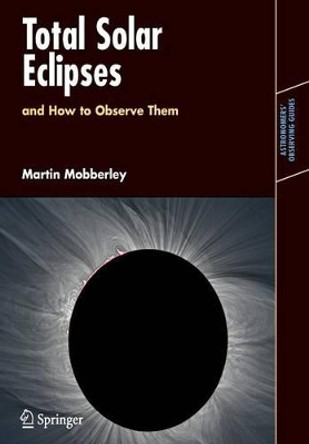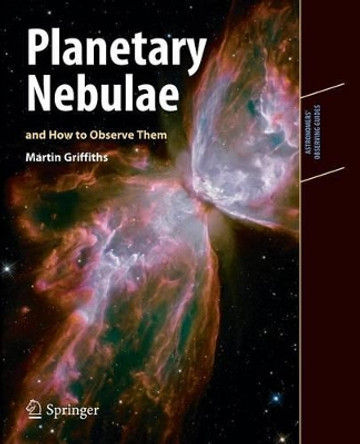Supernova explosions, which mark the deaths of massive stars or of white dwarf stars in binary systems,are unbelievably violent events. Despite occurring in gal- ies many millions of light-years away,amateur telescopes can reveal these colossal explosions,and even discover them. In the past 25 years,the amateur astronomer's contribution to supernova research has been staggering. Visual variable star observers with access to large-aperture amateur telescopes have contributed a steady stream of magnitude estimates of the brightest and closest supernovae. In addition, with the increasing availability of robotic telescopes and CCD techn- ogy, more and more amateurs are discovering supernovae from their backyards. Worldwide, there have been more than 400 supernovae discovered by amateur astronomers using amateur telescopes. Supernova research has never been so important. Recent professional measurements of the most distant Type Ia sup- novae have revealed the staggering and unexpected discovery that the acceleration of the Universe is actually increasing! This,in turn,has led to a new phrase, dark energy,entering the astronomical vocabulary; a mysterious force,in opposition to gravity, driving the accelerated expansion. Although amateurs cannot study the farthest supernovae,their discovery and measurement of the closer examples helps to re?ne the science that is the hottest topic in cosmology today; that is,pinning down the history of the Universe and how much mass and energy exists within it today. As always, amateur astronomers are making a valuable contribution, and, hopefully, this book might inspire a few more to monitor and discover new supernovae. Martin Mobberley Suffolk, U. K.
About the AuthorMartin Mobberley has a BSc Honours degree in Electronic Engineering from Brunel University, and is a former British Astronomical Association President and Goodacre Medallist.
He is also the author of Astronomical Equipment for Amateurs (1998) and The New Amateur Astronomer (2004); and has contributed chapters to three other Springer Practical Astronomy Series Books. He wrote the children's book Space Navigator , and has published many papers in Astronomy Now, The Journal of the British Astronomical Association, The Astronomer, and Sky & Telescope.
ReviewsFrom the reviews:
"Supernovae and How to Observe Them is the ideal book for amateur supernova hunters. ... This is a book that is suitable for all practising amateur astronomers who would like to know more about observing supernovae and especially for those who would like to discover them. ... It is thoroughly recommended." (Ron Arbour, BBC Sky at Night, September, 2007)
"If you like reading about and/or observing the universe's biggest blasts, you'll be interested in a book that just crossed my desk. Supernovae and How to Observe Them by Martin Mobberley is, as the title suggests, a dual purpose book. ... If you've ever thought about hunting for supernovae, or if you just want to know more about them, this book is one you'll want to add to your reference shelf." (Michael Bakich, Astronomy Magazine, October, 2007)
Book InformationISBN 9780387352572
Author Martin MobberleyFormat Paperback
Page Count 209
Imprint Springer-Verlag New York Inc.Publisher Springer-Verlag New York Inc.








